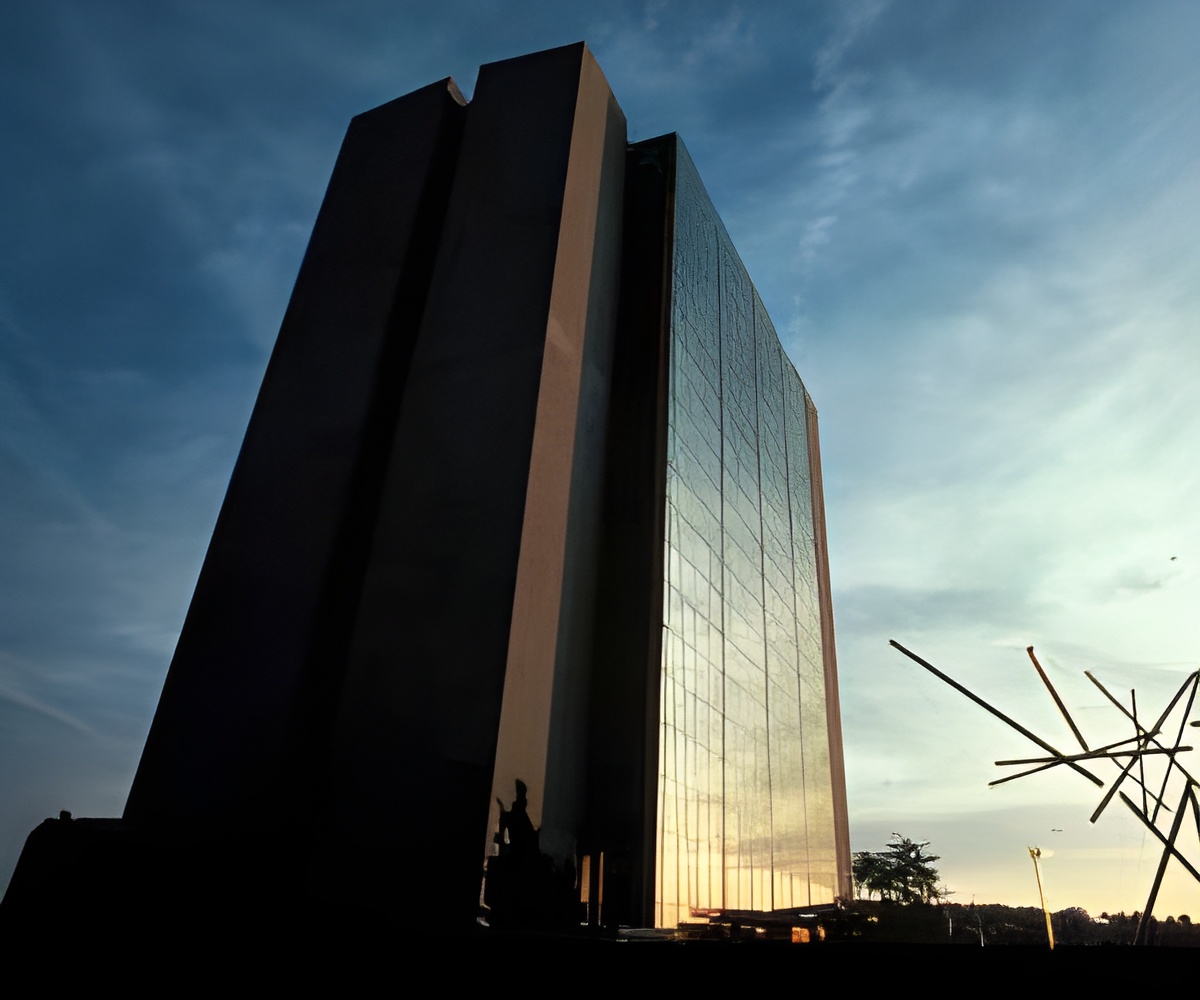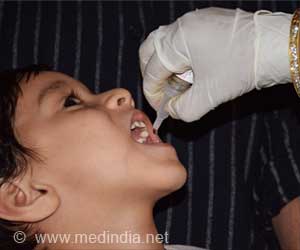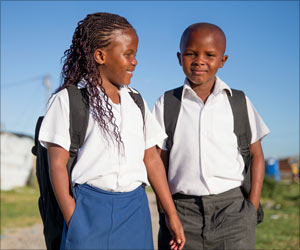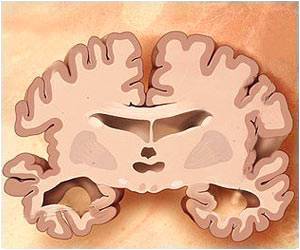
"Producing medical graduates equipped to work in Indigenous communities requires quality curricula which address the social, cultural and medical factors which contribute to the poor health of Indigenous Australians.
"This understanding of Indigenous health must be fostered early and continue throughout a student's medical education," he said. Evidence suggests that students who undertake clinical placements in indigenous communities in their formative years are more likely to return to these communities as doctors.
AMSA also recognizes the importance of supporting prospective and current Indigenous medical students in the efforts to "Close the Gap".
"We want to see more of our Aboriginal and Torres Strait Islander peers in medical schools. Indigenous doctors bring a special cultural and clinical perspective to their work within communities," Mr Bonning said.
"By improving Indigenous health education in medical schools and graduating more indigenous doctors, we can move closer towards closing the gap between the health of Indigenous and non-Indigenous Australians," he said.
Advertisement
Source-AMA
SRM/L






